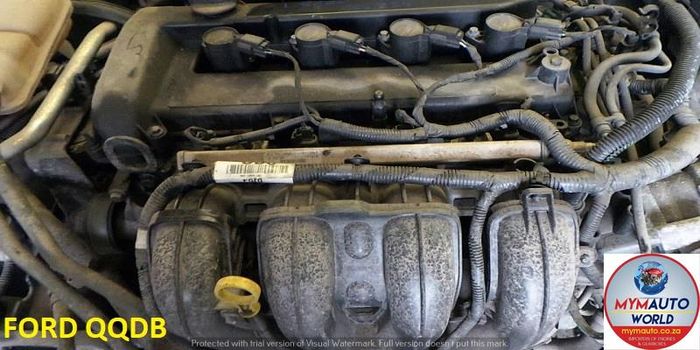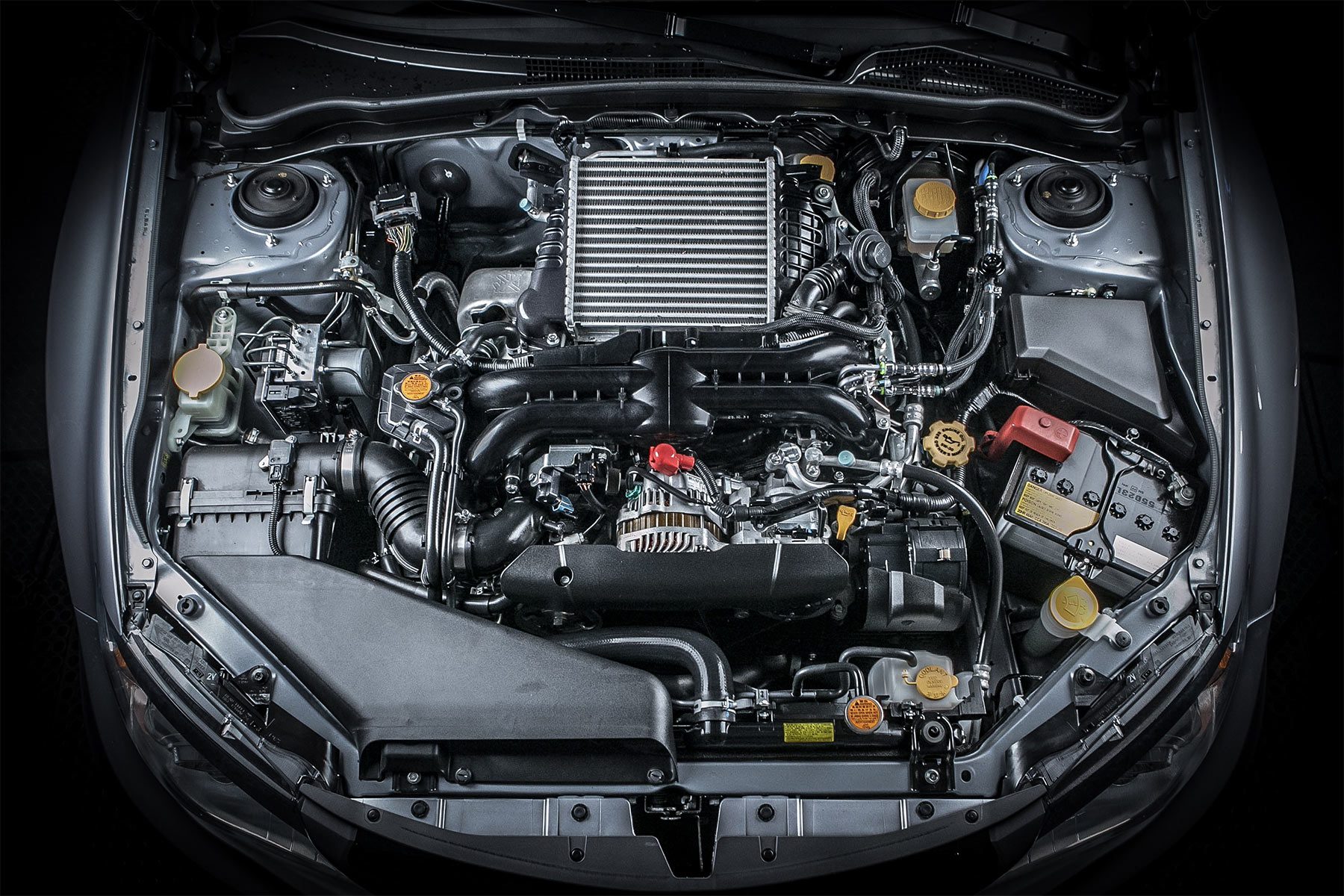Enhance Your Adventure with a High-Quality Opel Corsa Engine
Enhance Your Adventure with a High-Quality Opel Corsa Engine
Blog Article
Checking Out the Inner Operation of a Compact Vehicle's Engine System
As drivers, we frequently consider given the elaborate procedures that happen within the confines of our vehicle's engine system. The compact yet intricate machinery that thrusts us forward is a wonder of engineering precision and sychronisation. From the controlled surges in the combustion chamber to the careful timing of fuel injection, every component plays a crucial duty in the smooth procedure of the engine. In this exploration of a compact vehicle's engine system, we will unwind the internal functions of this mechanical harmony, shedding light on the secrets that drive us ahead on our everyday journeys.
Burning Process Review
The combustion procedure in a portable automobile's engine system is a vital mechanism that efficiently transforms gas into energy to power the lorry. This process happens within the combustion chamber of the engine, where gas and air mix, spark, and generate regulated explosions. The combustion process consists of 4 primary stages: intake, exhaust, power, and compression.
During the intake stage, the piston relocates downward, drawing in a combination of air and gas into the combustion chamber. The next stage, compression, entails the piston moving up, pressing the air-fuel mixture to boost its effectiveness. Consequently, in the power stage, the spark plug ignites the pressed combination, leading to a fast growth of gases that forces the piston back down. This down activity produces the power required to drive the car. In the exhaust phase, the burnt gases are removed from the combustion chamber via the exhaust valve, preparing the chamber for the next cycle. This cyclic burning procedure is essential to the operation of a small car's engine system, guaranteeing effective power conversion for propulsion.
Piston and Cylinder Communication

The piston's precise fit within the cyndrical tube is necessary for maintaining ideal compression and stopping power loss during burning. Tight clearances between the piston and cyndrical tube walls make sure reliable securing, enabling the piston to relocate efficiently without allowing gases to leak past. Correct lubrication is also essential to decrease rubbing and put on between these elements, boosting long life and performance.
Moreover, the style and products made try here use of in producing the piston and cyndrical tube impact engine effectiveness and longevity. Modern engines frequently utilize lightweight yet long lasting materials like light weight aluminum alloys for pistons and cylinder liners to reduce inertia and boost thermal effectiveness. On the whole, the unified interaction in between the piston and cyndrical tube is essential to the engine's capability and general performance.
Gas Injection System Capability
Gas injection systems in portable vehicle engines play an essential role in specifically delivering gas to the combustion chamber for controlled and effective ignition. The fuel injection system operates by injecting fuel into the combustion chamber at the ideal moment throughout the engine's operation (opel corsa engine). This specific timing guarantees that the gas blends equally with the air for correct burning, bring about improved gas effectiveness and decreased discharges
There are primarily two kinds of fuel injection systems used in portable car engines: port gas injection (PFI) and straight fuel injection (DFI) PFI systems inject gas into the consumption port prior to the consumption shutoff, while DFI systems inject fuel straight into the burning chamber. Both systems have their benefits, with DFI offering much better gas atomization and PFI providing a much more economical service.
Understanding Engine Cooling Mechanisms
Reliable procedure of a small vehicle's engine relies heavily on the performance of its cooling systems. The air conditioning system in a portable vehicle generally consists of numerous parts working with each other to manage the engine temperature. Understanding these engine cooling devices is vital for maintaining the performance and long life of a small car's engine system.

Exhaust System Components Explained
The optimal functioning of a small automobile's engine air conditioning devices depends upon a complementary system understood as the exhaust system, which makes up different necessary elements for guaranteeing reliable discharges and engine performance. The exhaust system includes components such as the exhaust manifold, catalytic converter, muffler, and tailpipe. The exhaust manifold collects exhaust gases from the engine's courses and cyndrical tubes them to the catalytic converter. The catalytic converter after that transforms harmful toxins in the exhaust right into less harmful discharges before launching them with the muffler and tailpipe.
One critical component of the exhaust system is the oxygen sensing unit, which keeps an eye on the oxygen degrees in the exhaust gases to help regulate fuel usage and ensure optimum engine performance. opel corsa engine. In addition, the resonator may be present in some exhaust systems to decrease noise degrees. In general, the exhaust system plays a article source vital function in maintaining engine effectiveness, decreasing hazardous emissions, and guaranteeing a quieter driving Website experience for portable vehicle owners

Conclusion
Finally, the portable car's engine system is an intricate combination of components that collaborate to promote the burning procedure, transform gas into power, and expel waste gases. Understanding the internal functions of the engine system, consisting of the piston and cylinder communication, fuel injection system, engine cooling systems, and exhaust system parts, is critical for keeping ideal efficiency and effectiveness of the automobile.
The burning procedure in a compact automobile's engine system is an important device that efficiently converts gas into energy to power the car.Gas injection systems in small car engines play an important function in exactly supplying fuel to the combustion chamber for regulated and reliable ignition.There are primarily two types of fuel injection systems utilized in compact automobile engines: port gas shot (PFI) and straight fuel shot (DFI) Understanding these engine cooling devices is important for keeping the efficiency and longevity of a small automobile's engine system.
The optimum performance of a portable lorry's engine cooling systems depends on a corresponding system recognized as the exhaust system, which makes up numerous necessary elements for ensuring reliable emissions and engine efficiency.
Report this page